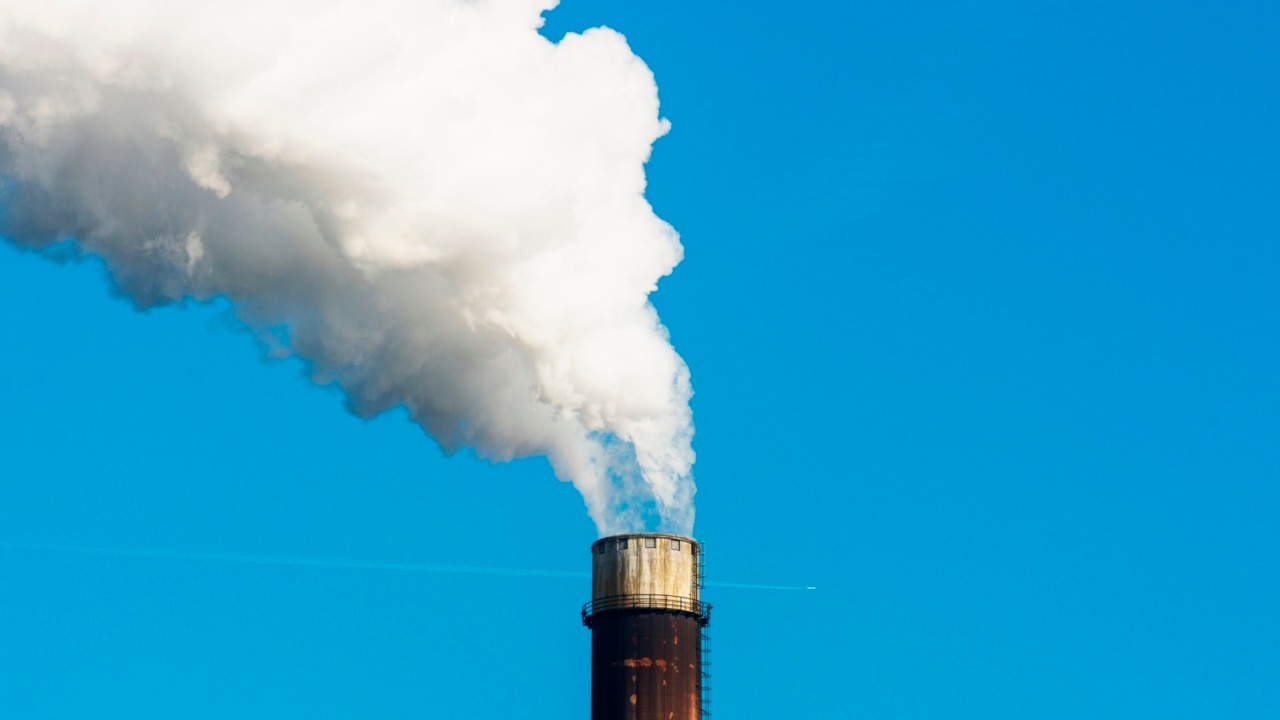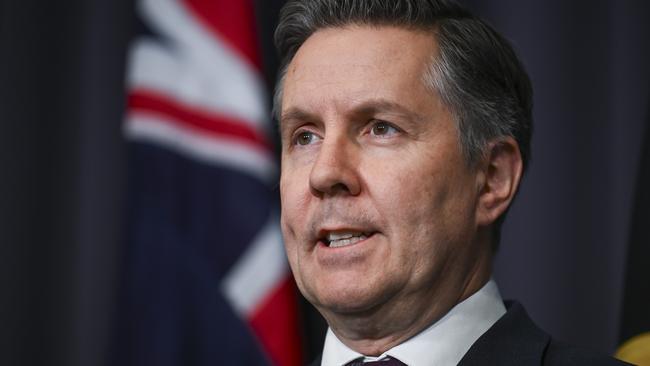Labor’s healthcare decarbonisation pledge a ‘prescription for higher cost’
The Albanese Government has committed to releasing a “health system decarbonisation road map” in 2025, but researchers have warned there are “potentially hidden costs”.

National
Don't miss out on the headlines from National. Followed categories will be added to My News.
Exclusive: Labor has not ruled out approving new medicines that are more expensive than other available options if they have lower emissions to achieve its pledge to decarbonise Australia’s healthcare system.
Switching a majority of Australian asthma sufferers to more environmentally friendly inhalers alone would cost taxpayers and patients more than $100 million extra annually, according to analysis by the Menzies Research Centre in a new report “net zero healthcare: a prescription for higher cost”.

The Albanese Government has committed to releasing a “health system decarbonisation road map” in 2025, but researchers have warned there are “potentially hidden costs right through the healthcare supply chain”.
The alarm has been triggered by advice in a review of the nation’s Health Technology Assessment process — used to decide if new treatments and technologies should be funded through Medicare and the Pharmaceutical Benefits Scheme (PBS) — handed to the government in September.

The review, which was conducted independently through the health department, argued there was a “case” for approving a higher cost new health technology if it had “a much lower emissions footprint” than existing treatments.
The final report also suggested “declining” a new technology’s application if it had “largely equivalent health benefits and costs to existing technologies, but a significantly larger emissions footprint”.
Menzies Research Centre chief economist Nico Louw said the idea of a government intentionally increasing healthcare costs to achieve emissions reductions may sound “far-fetched”, but it was the “logical endpoint when the primary policy objective is achieving a net zero healthcare system”.
To illustrate the cost, Mr Louw examined the impact of switching a large proportion of sales of the most common type of inhaler — the short-acting beta-antagonists such as Ventolin — with lower emissions alternatives.

Assuming only half of the 15 million higher emitting inhalers sold in Australia annually were switched to the most expensive lower emissions version, it would cost at least $124m extra.
Mr Louw has also raised concerns about the government’s National Health and Climate Strategy including the need to reduce staff travel and consider emissions from patient and visitor travel.
“It is left unexplained how the government would implement a strategy to reduce emissions from patient and visitor travel without affecting patient health outcomes,” he said.
Health Minister Mark Butler was asked if Labor would rule out either approving more expensive medicines or declining those with comparable costs based on their carbon footprint, but his statement did not directly answer the questions.
“The goal of the Health Technology Assessment review is faster access to the best medicines and therapies, at a cost that patients and the community can afford,” he said.
The government has established an advisory group to develop its response to the review’s recommendations.
Healthcare accounts for about five per cent of global emissions, with most major developed countries committing to decarbonising the sector though details remain scarce.
More Coverage
Originally published as Labor’s healthcare decarbonisation pledge a ‘prescription for higher cost’





